The building and construction sector accounted for 37% of process and energy-related CO2 emissions in 2021, according to the UN’s 2022 Global Status Report for Buildings and Construction.
Operational energy-related emissions of the sector touched the equivalent of ten gigatonnes of CO2 – 2% above the peak in 2019. Furthermore, there was a 4% increase from 2020 in energy demand for cooling, lighting, heating and equipment in buildings.
These trends are worrisome. They threaten to jeopardize the goal of decarbonization by 2050.
Yet there is hope. BIM for sustainable construction already exists, and is growing more common. But how does it work?
Table of Contents:
What is Sustainable Development?
If we are to meet our goal of decarbonization, we need to first understand what sustainable development means.
There are many definitions of the term, but the most common one is the Brundtland Definition: “Meeting the needs of the present without compromising the ability of future generations to meet their own needs.”
This can be achieved via a number of measures, including utilizing recyclable materials for new constructions, and minimizing waste and energy consumption throughout the building lifecycle.
The last point – minimizing waste – is where Building Information Modeling (BIM) shines.
Various sustainable buildings or buildings with sustainable elements have already been built using BIM, including but not limited to:
-
The Baku National Stadium, Azerbaijan
-
Crossrail at Tottenham Court Road, UK
-
Istanbul New Airport
(PS. Find out more about sustainable design building examples! It doesn’t end at BIM, after all.)
What Does Green Construction Look Like?
The elements of sustainable design architecture will differ based on the individual project, location, use, and other variables. Generally, however, green buildings will:
-
Optimize space & make the most of every square foot available
-
Aim for energy efficiency & prevent waste or energy loss wherever possible
-
Use recycled or sustainable materials
-
Maintain & improve IEQ, that is, indoor environmental quality
-
Protect local ecosystems (as well as water sources) as much as possible while making the most of the construction site
-
Conserve water both outside & inside
-
Have a design that makes them resilient & capable of continuous operation
-
Maintain their sustainable status via maintenance practices and sustainable operations
BIM and Sustainability
From the design phase to the operational phase, there are many ways to use BIM for sustainable construction.
While BIM is usually associated with preconstruction and design, it can optimize every phase in the project lifecycle. In fact, there are so many efficiencies BIM brings to the table that it almost always reduces a building lifecycle’s environmental impact.
Let’s take a look at some of the ways BIM solutions can contribute to sustainable development.
BIM Identifies Opportunities for Energy Efficiency
BIM can help identify areas where energy consumption can be reduced by analyzing data such as thermal mass, building orientation, and envelope leakage.
-
Even after a construction project is finished, 3D models can be shared to make sure that the building operates at maximum energy potential.
-
Digital twinning can be used to simulate, test and maintain.
-
BIM can minimize environmental impact and destruction of certain operational processes, since replacement and repairs programs can be planned and synced.
-
It helps reduce energy and carbon in structures where continuous control and measurement is implemented. It does this by incorporating asset performance data during operation and commissioning into the asset model.
-
Vitally, BIM allows for transparency during the design phase, so that those responsible can consider how sustainable the materials and design really are. Even before construction begins, relevant stakeholders will be able to see not only what the building will look like, but how it will function.
If you use BIM for sustainability starting from the design phase, you’ll have an easier time earning the Leadership in Energy and Environmental Design (LEED) certification. This is important from a business standpoint, because LEED-certified buildings are often high-performing commercial real estate investments.
BIM Clash Detection for Saving Materials
BIM clash detection minimizes the need for ad-hoc solutions and saves not only materials, but cost and time. Furthermore, they create a safer environment for construction workers.
Clash tests will determine whether parts of a structure, such as walls & plumbing, interfere or “clash” with each other.
Recommended Reading:
Streamlined On-Site Activities
BIM helps in the achievement of design for manufacture and assembly (DfMA), which is a methodology that prioritizes ease of manufacture of parts and simplified assembly of those parts, thus reducing production costs and time to market.
This further enables:
-
Greater durability and quality
-
Less waste removal from the site & fewer deliveries to the site, hence reducing fuel consumption, road congestion and carbon emissions
-
Enhanced worker safety & workmanship quality
On-site activities can be further improved with construction sequencing, visualization, and quantity take-off in BIM.
Determines Feasibility of Renewable Energy
By modeling elements such as wind speed, solar exposure, and sharing, BIM can help gauge whether a site is suitable for renewable energy structures or components such as wind turbines and solar panels.
It can also find configurations that allows the most natural light while also minimizing solar heat. This is done by simulating various window orientations and layouts, thus optimizing daylight.
Conclusion
Sustainability has rapidly transformed from a feeble box-ticking exercise to an urgent need in construction. Future-proofing the industry will invariably involve sustainable development. BIM for sustainable construction will play a crucial role here.
Historically, the sector for built environment has suffered from repeating past mistakes, due to not recording and learning from previous experience. With BIM, stakeholders and workers can add past experiences to the design process.
That’s where BluEnt comes in. We provide BIM services to architects, general contractors, engineers, subtraders for large to medium-sized projects in the US, UK, Canada, Australia, New Zealand, and UAE. Based somewhere else? Don’t worry – we take projects on a case by case basis.
Our BIM services cover scan to BIM, BIM clash detection, and Revit modeling. Browse our portfolio to see how we’ve helped businesses like yours.
Ready to construct a sustainable future with the power of BIM solutions? Contact us now!
Maximum Value. Achieved.


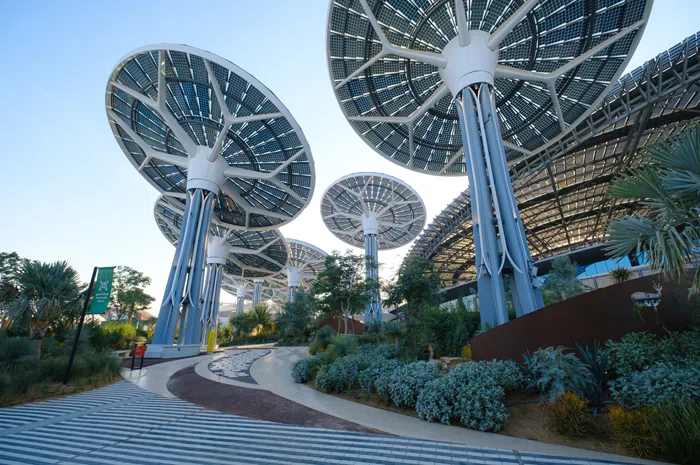
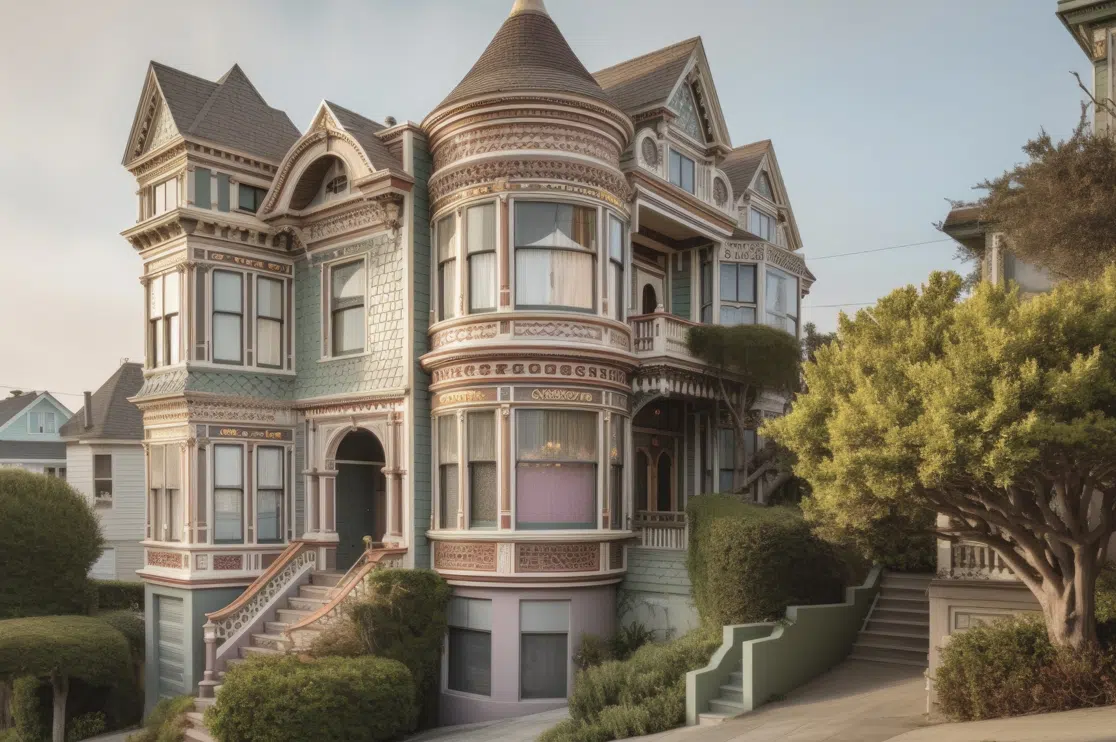 Reviving Victorian Style House to Embrace Modern Romanticism in Homebuilding Projects
Reviving Victorian Style House to Embrace Modern Romanticism in Homebuilding Projects 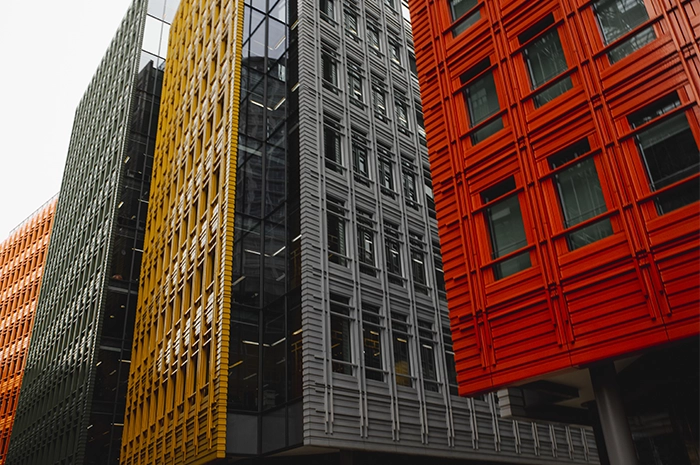 A Guide to BIM Level of Development
A Guide to BIM Level of Development 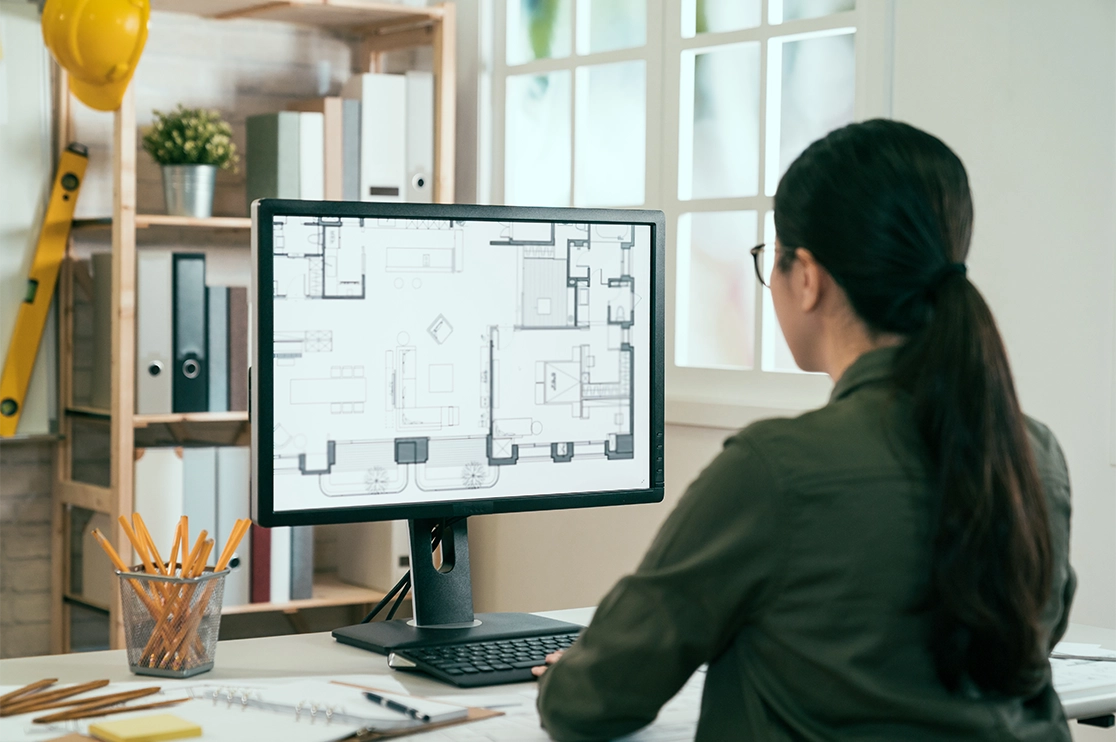 What Are the Benefits of Point Cloud to Mesh in Construction?
What Are the Benefits of Point Cloud to Mesh in Construction? 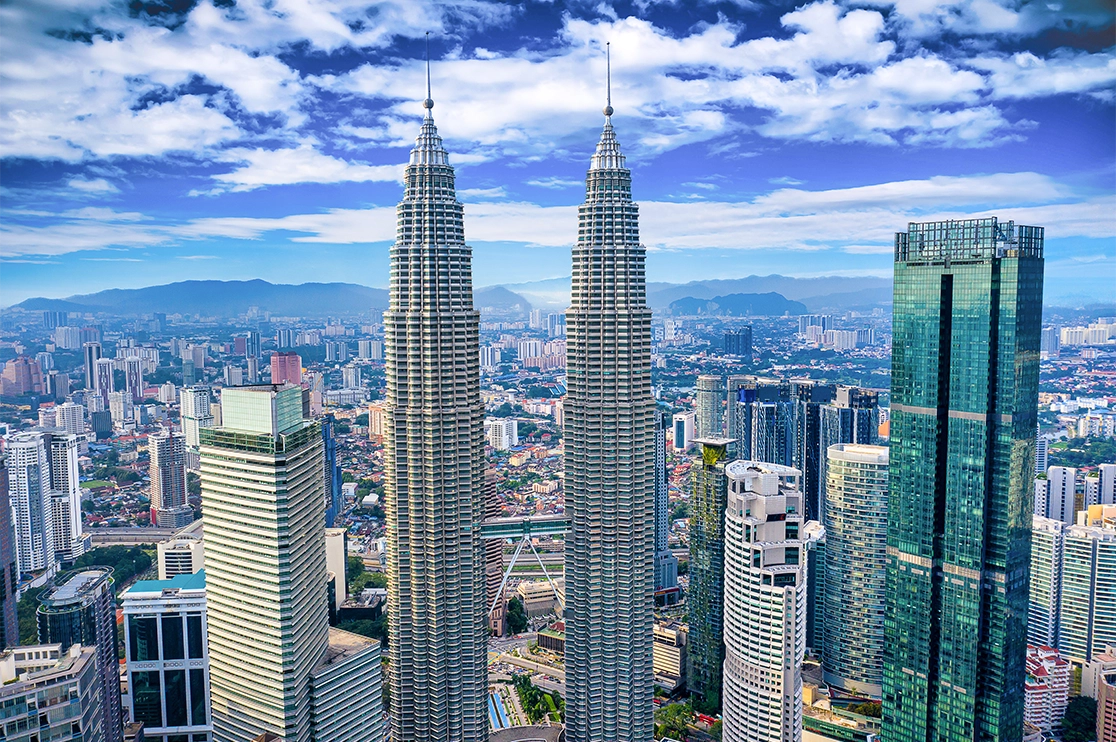 Living in a Virtual World: Digital Twin Technology in Construction
Living in a Virtual World: Digital Twin Technology in Construction